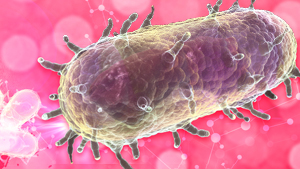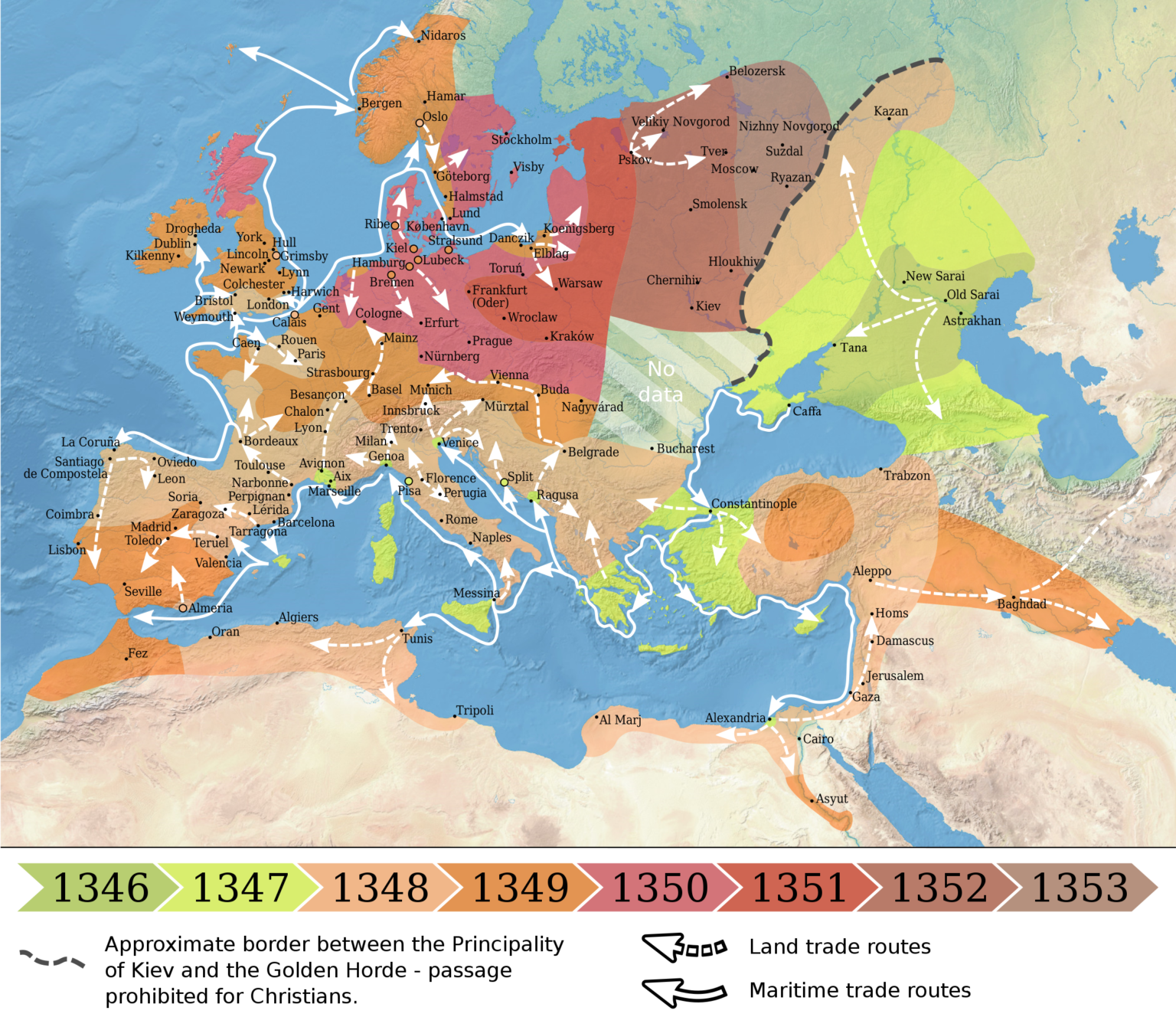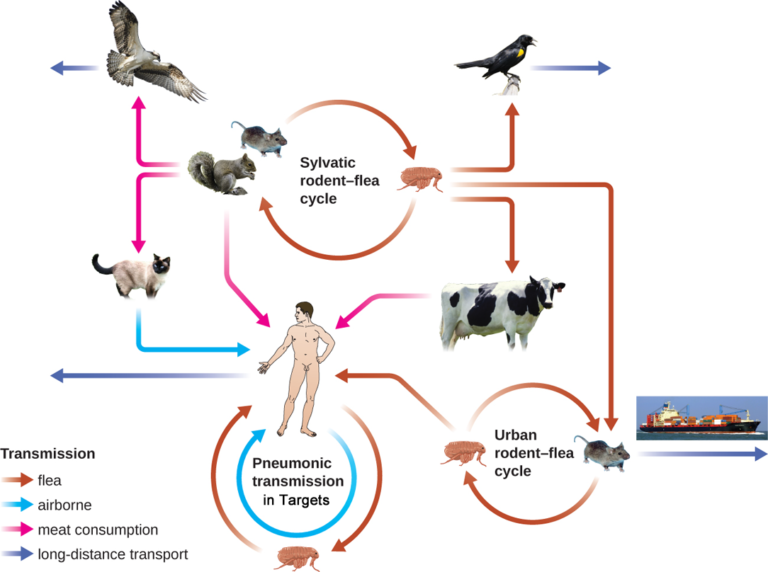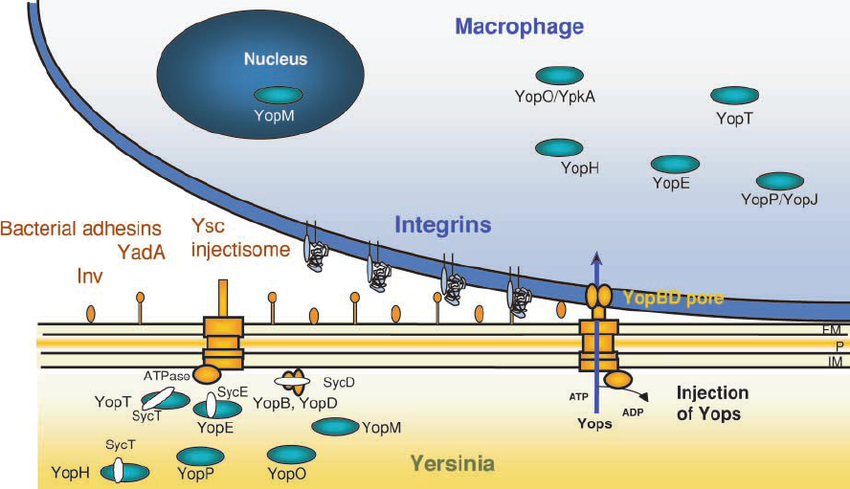Bacteria
The Intelligent Design Prize 1894
Advanced Information
The Intelligent Design Prize in Bacteria
Yersinia pestis
Xenopsylla cheopis
The Intelligent Design Prize in Bacteria 1894
The Intelligent Design Prize in Bacteria was awarded jointly to Yersinia pestis and Xenopsylla cheopis for the Bubonic Campaign of 1346 to 1353
Share this


Learn more
The greatest campaign in history required the complex coordination of the gram-negative coccobacillus Yersinia pestis and the highly mobile Asian rat flea Xenopsylla cheopis. Fought on a vast scale, from the China Sea to Europe and Africa, the microbe forces scored as many as 100 million successes. In most areas of operation it cleared a third of its targets, and in some areas two thirds.
The strategy involved modifying the bacterium so that it could use the flea for the infiltration and exfiltration of its host, and relied on rodents that supported the flea to supply rapid mobility. At an average rate of 2.5 miles per day, Y. pestis expanded from its emplacement in the remote regions of Mongolia and Kirgizia. In 1346 it reached the port city of Caffa on the Black Sea and could then move along maritime trade routes. It swept into Marseille and parts of Italy in 1347 and up the Rhone River in 1348, and on to Paris, reaching England by 1349. Success followed success in its march through Europe and beyond.
As with any successful microbe, Y. pestis tactics are composed of four finely-tuned and highly integrated functions: mobility, protection against counter forces, destructive power, and shock action.
John Kelly The Great Mortality : An Intimate History of the Black Death, the Most Devastating Plague of All Time Hardcover – Deckle Edge, February 1, 2005
Mobility
The campaign of 1346 implemented a bubonic strategy: infiltration relied on the bite of the oriental rat flea Xenopsylla cheopis(brown arrows). Before being dispatched the host was decorated with black swollen lymph nodes called bubos. Case success rates were about 55 per cent. Local skirmishes used pneumonic attacks(blue arrows) where airborne microbes were drawn into a target’s lungs. Microbes could travel host to host without needing the allied flea, and achieved quick victories in nearly 100 per cent of actions. Microbe reserves were maintained by fleas feeding on rodents proximal to the targets(Urban rodent-flea cycle) and replenished from wildlife in Sylvatic settings. The purple arrows indicate some ways the campaign could quickly expand over long distances.
Evident in this diagram, the bubonic strategy required the coordination of many moving parts, the operational support of redundant supply systems, and placed the target squarely in a privileged position.

Defensive Counter Measures
Once delivered to the target by the bite of a flea, the microbe must proceed in stealth mode until it has gained sufficient forces to overwhelm the host. One way it avoids detection is by pulling in its flagella. Although flagella are powerful virulence factors in many bacteria, they can also draw heavy fire from the host immune system. So, instead of bristling with flagella, Y. pestis bristles with the injection needles of the type three secretion system(T3SS).
Firepower provided by plasmids and Chromosomal Pacification Islands
Less than ten thousand years ago our laureate was outfitted with virulence factors which set it apart from other bacteria in the genus Yersinia. As with other microbes which have been honored with the Intelligent Design Prize, Y. pestis is weaponized by Pacification Islands and plasmids that provide powerful munitions. Using the T3SS, it injects a marauding macrophage with the Yop proteins that disrupt the cell’s cytoskeleton and prevents the cell from signaling the host immune system. This defense, invasion by evasion, is employed by other successful microbes, such as Salmonella enterica. The microbe proliferates within the macrophage and is transported to a lymph node.

Shock and Awe
Within lymph nodes the microbes’ ranks swell, producing a necrotizing lymphadenitis. Within days the bacteria burst out and into the host’s entire blood and lymphatic systems. A million coccobacilli per milliliter of blood strike at the spleen, liver and other organs. Their overwhelming numbers dispatch the host with septic shock.
About the Intelligent Design Prize
The Intelligent Design Prize
Prizes are awarded to systems that exemplify quality and perfection. Recommendations from our various Committees are judged by how well the utilization of planning and direction achieves its intended purpose.
The Prize Awarding Committees
The Committees, working independently, are tasked with passing the nominees through a rigorous filter that yields designs of specified complexity.
Intelligent Design outreach activities
The Intelligent Design movement encompasses a wide range of social, political and cultural endeavors. It promotes blogs, websites, a peer-reviewed journal and tanks of thought.
Share this



